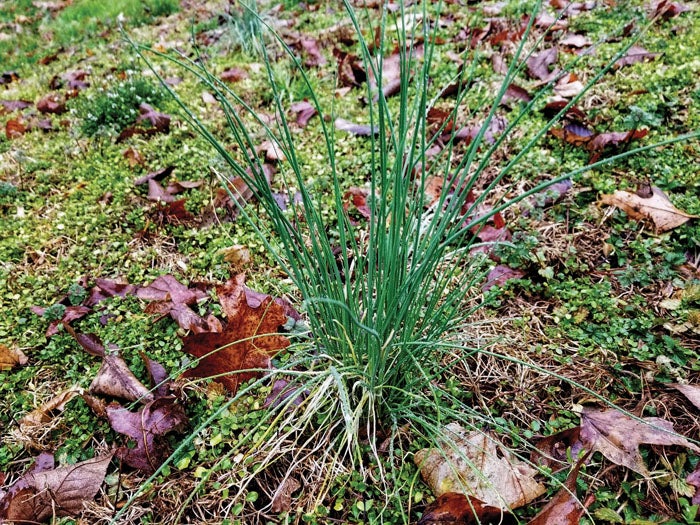Darrell Blackwelder: Wild garlic in lawns
Published 12:00 am Saturday, March 2, 2024

- Wild garlic in lawn
Wild garlic, often confused as wild onion, is a foul smelling weed easily identified in lawns throughout Rowan County. Blue-green tufts of the weed dot lawns in early spring annoying homeowners and neighbors with the putrid smell.
Wild garlic, Allium vineale, a member of the lily family, is a close cousin to edible garlic and onions. It is a cool-season, perennial weed that literally jumps out of the ground each spring as temperatures rise above 60 degrees.
The cylindrical leaves of the weed are waxy, bluish-green and hollow. Underground bulbs bear bulblets which tend to be flat on one side. Wild garlic reproduces by seed, aerial bulblets and underground bulblets which explains the reason why the plant is so prolific and difficult to eliminate. The physiological difference between wild onion and garlic is the presence of a fibrous coat over the bulb, with no offset bulblets near the base of a solid stem.
Applications of post emergence herbicides is the common and effective method of reducing wild garlic in lawns. Wild garlic is considered a broadleaf weed, therefore mixtures of 2,4-D, dicamba and MCPP or various combinations or mixtures of each kill the weed. These mixtures, also labeled as lawn weed killers, control broadleaf weeds without harming cool-season fescues or fescue blends. Two applications, 10 days apart may be necessary for complete control.
Wild garlic is touted as a difficult weed because of the waxy leaf coating. Today, most herbicides include a surfactant in the mixture to break waxy cuticles for better adsorption. For more detailed information, go to https://burke.ces.ncsu.edu/2020/11/control-wild-onions-wild-garlic-in-the-lawn/
Darrell Blackwelder is the retired horticulture agent and director with the North Carolina Cooperative Extension Service in Rowan County. Contact him at deblackw@ncsu.edu.



